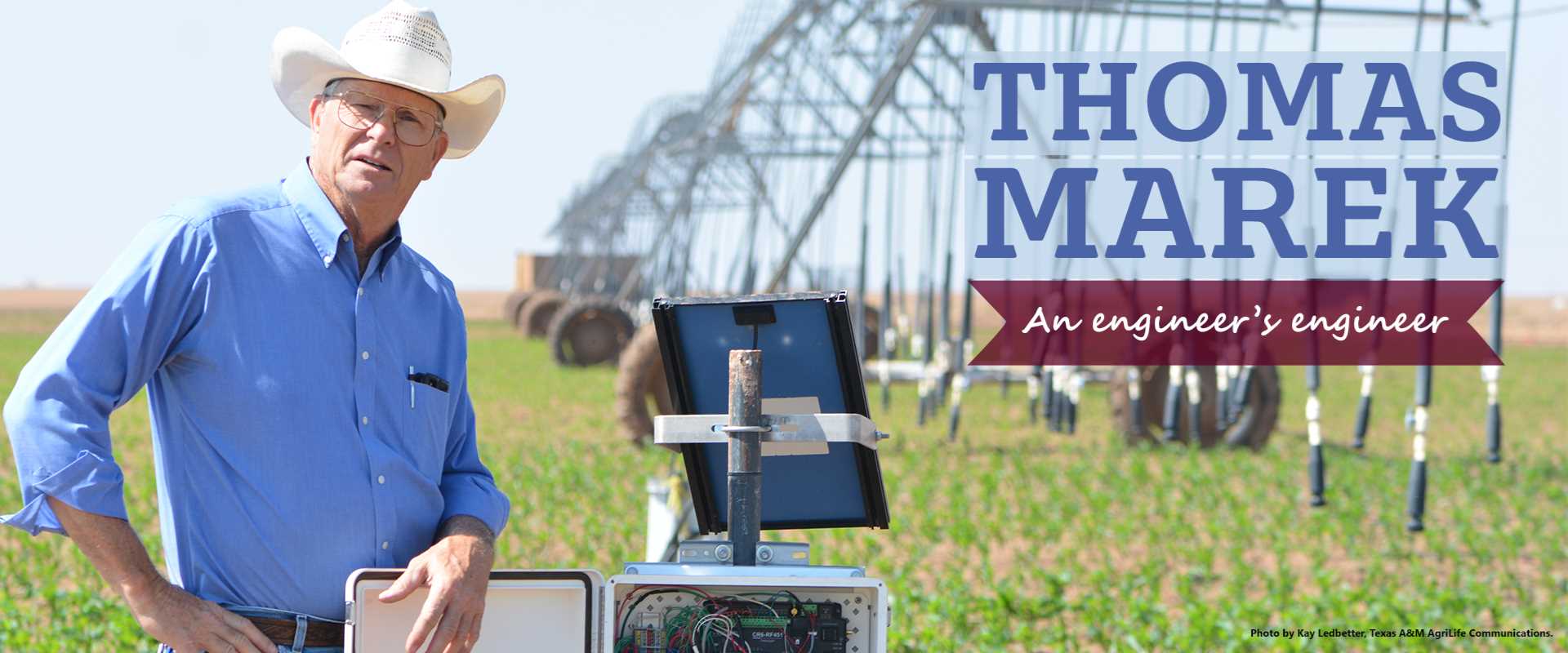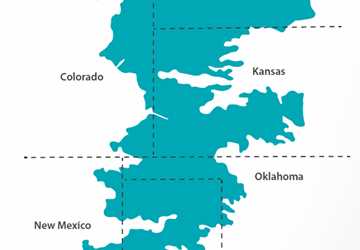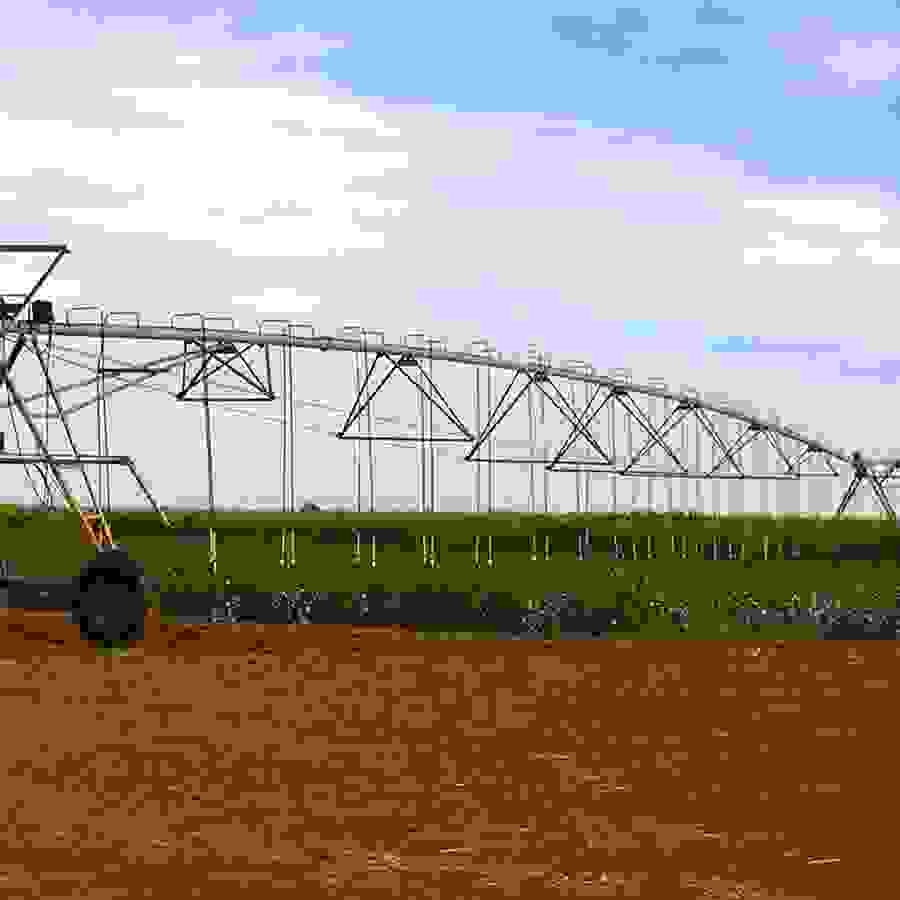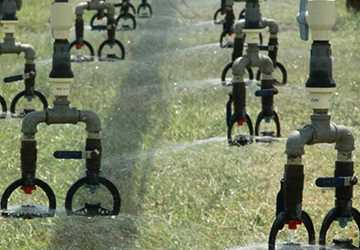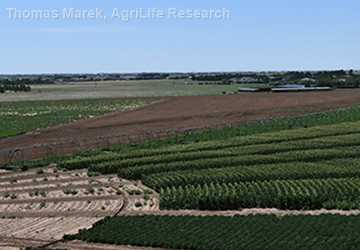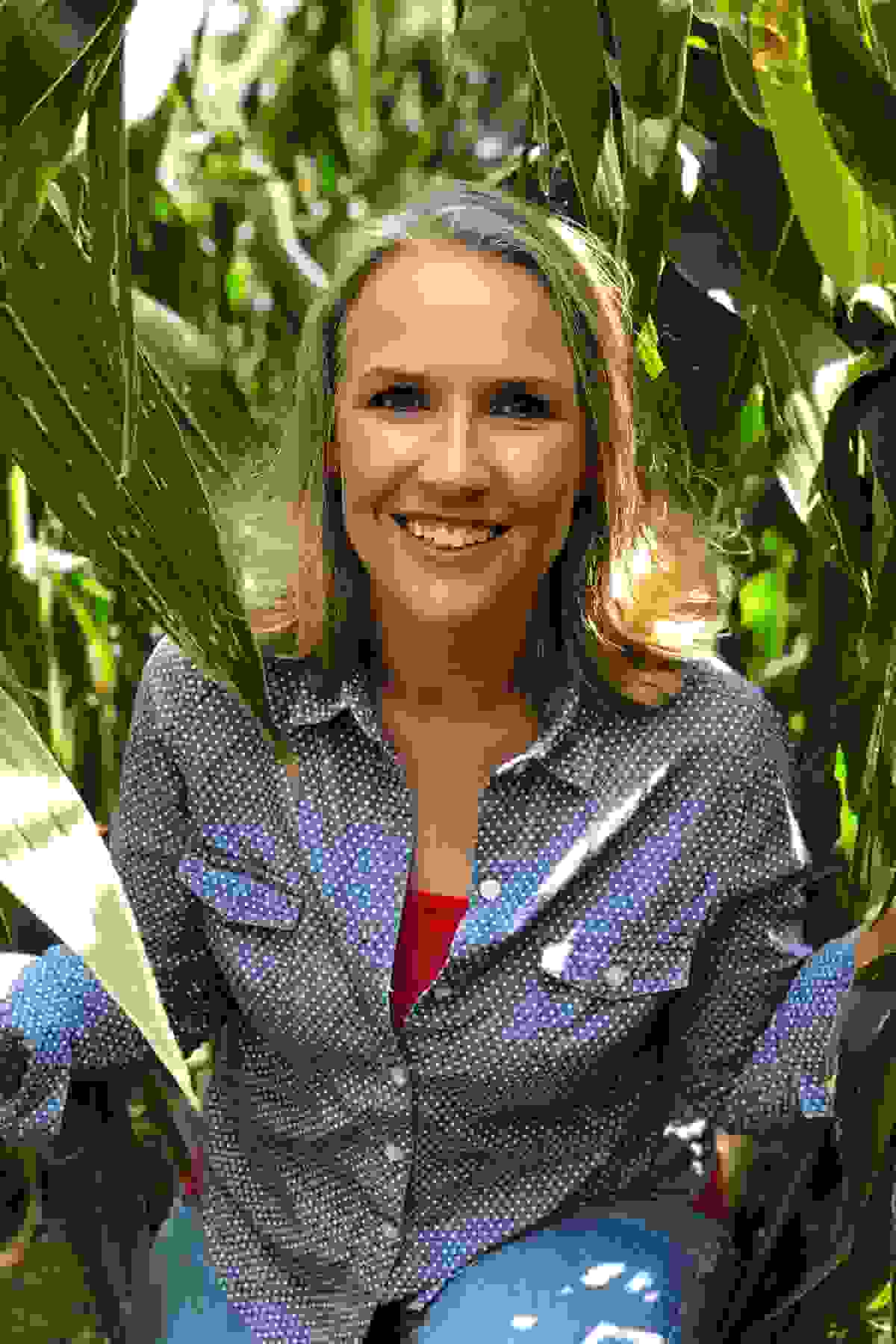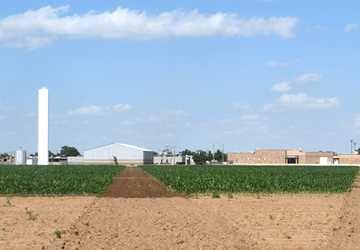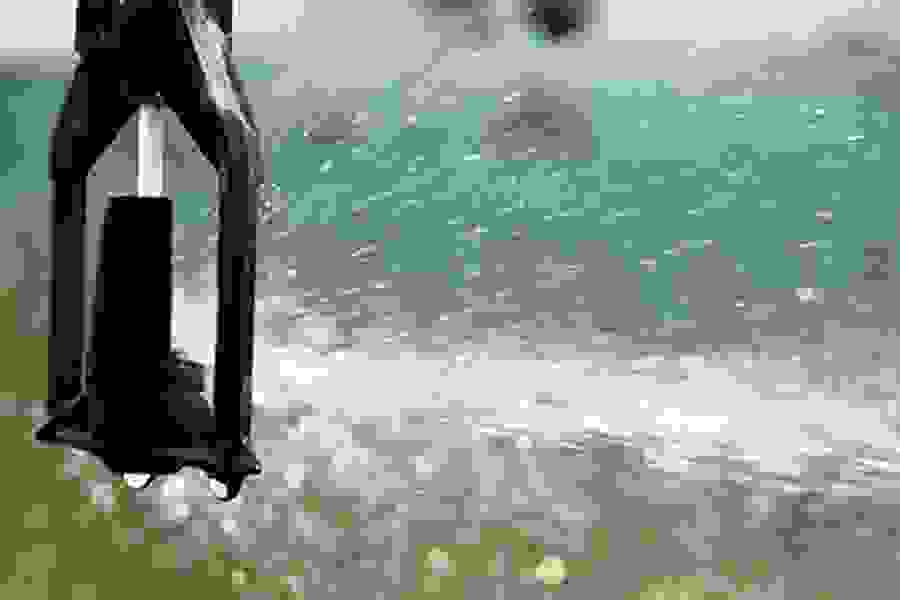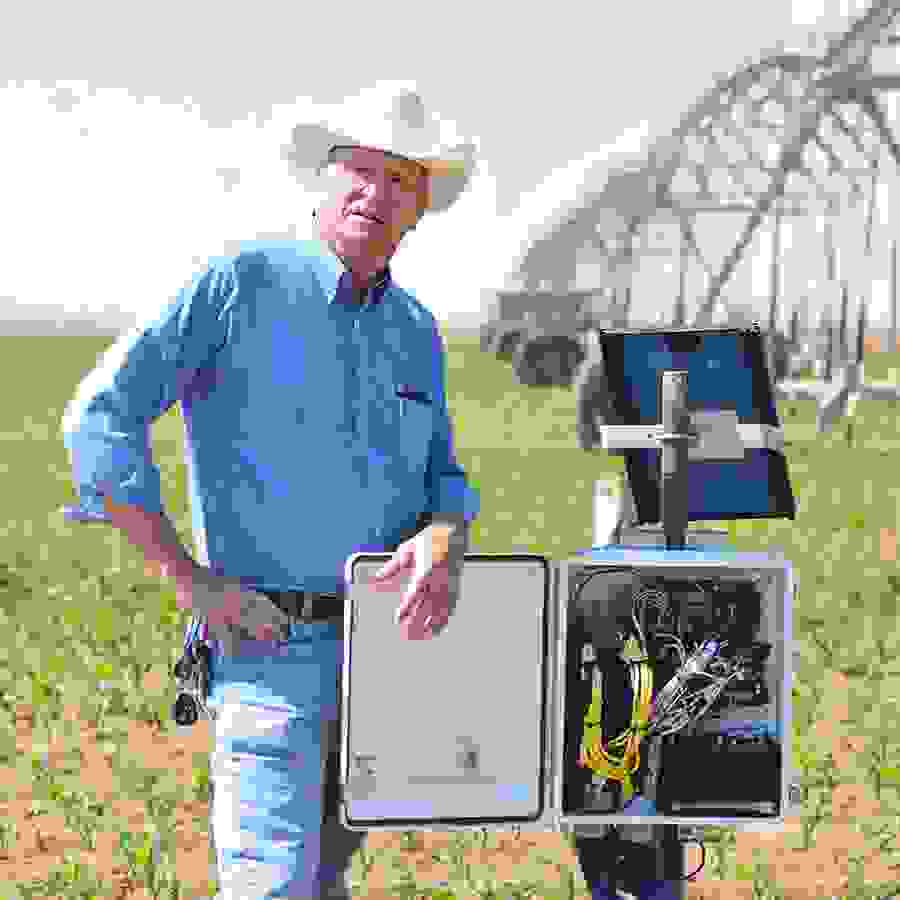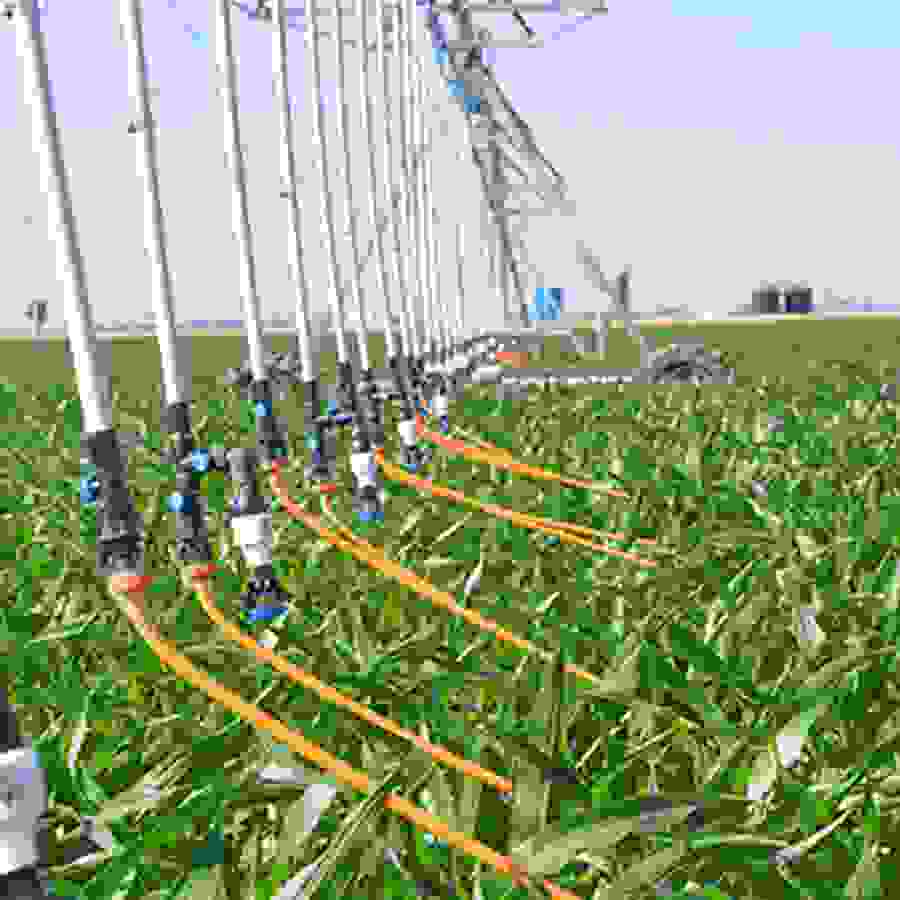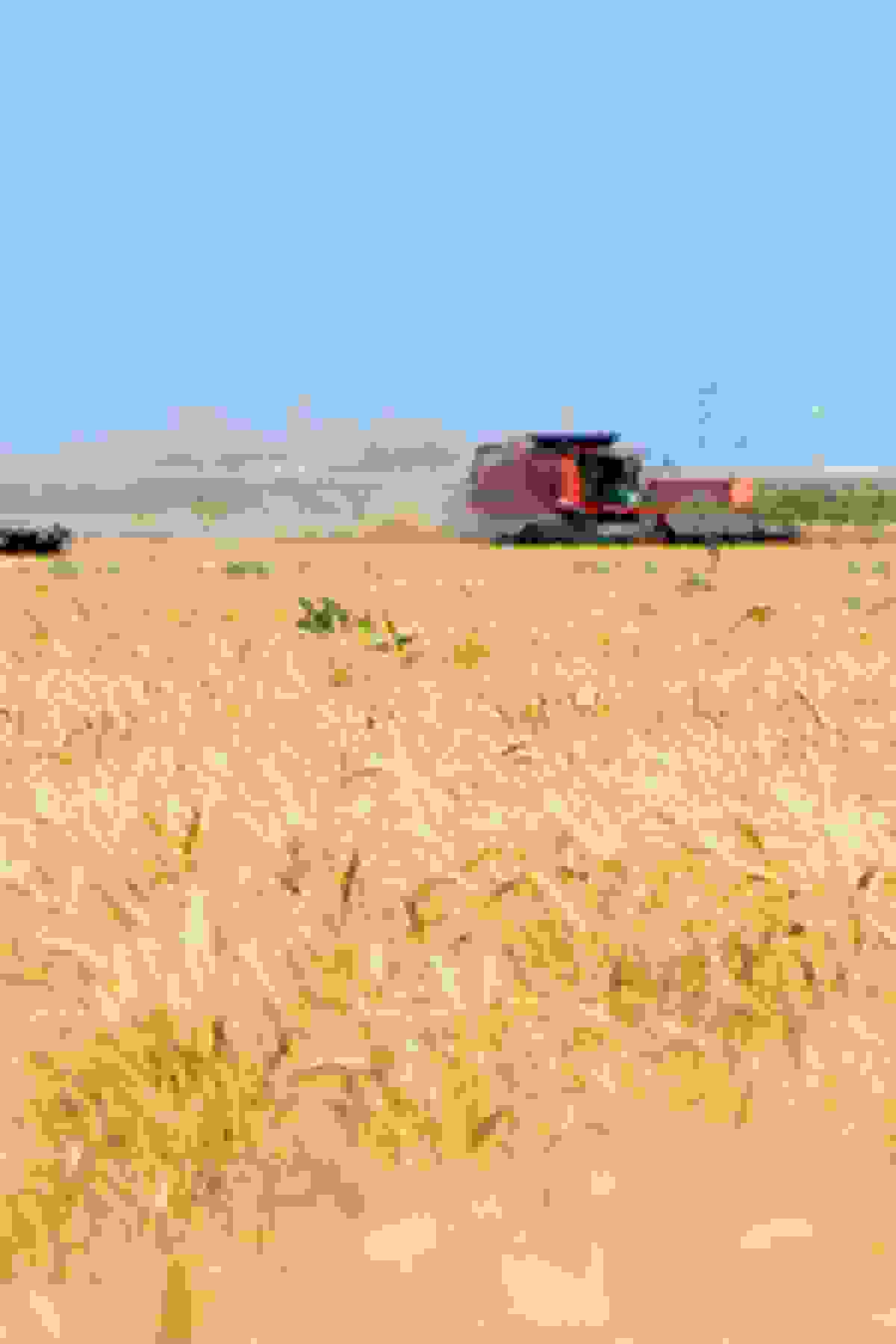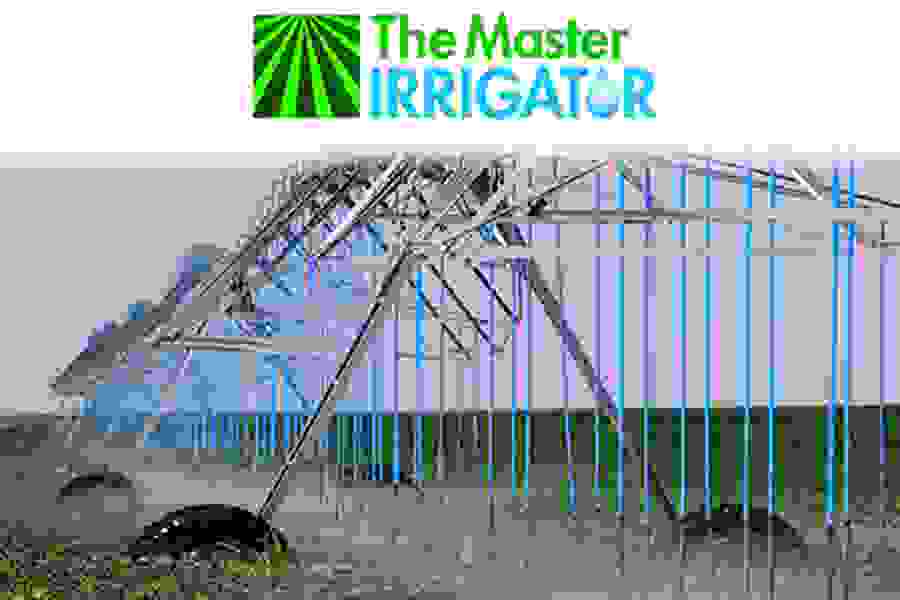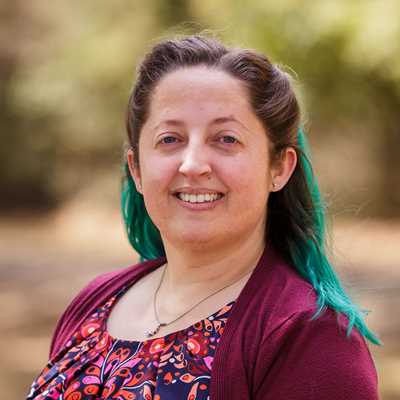By Sarah Richardson
Thomas Marek, senior research engineer with Texas A&M AgriLife Research and Extension Center in Amarillo, has spent his entire career doing what engineers do: designing, testing and then redesigning.
Known as ‘an engineer’s engineer,’ his in-depth skills in irrigation enable him to design, build, maintain and use structures, machinery and electrical systems, conducting field operations on a commercial-scale research farm, all while leading his own highly successful agricultural irrigation research program.
“I do not just design it; I am one of the engineers that designs it, builds it, tests it and then writes about it,” he said.
It all started at Texas A&M
A Bryan, Texas native, Marek chose his college major while looking through a Texas A&M University course catalog.
“During my junior year in high school, I sat in the front seat of a pickup truck and went through the syllabus curriculum and when I saw ag engineering, I knew what I wanted to be,” he said. “So I enrolled at Texas A&M when I graduated from Bryan High School, and two years later I was in a work study program.”
During the work study, Marek’s first jobs were designing carrot and onion harvesting machines.
Thomas Marek, senior research engineer with Texas A&M AgriLife Research and Extension Center in Amarillo, discusses his 45-year career, including the development of large weighing lysimeters, the Texas High Plains Evapotranspiration Network, irrigation water management and crop water-use efficiency technology.
More information
“I was always very good at building things, so the fact that I could build things and then go test it in the field and break it and figure out why it broke and then rebuild it and make it better, that’s always kind of intrigued me,” he said.
Marek received his bachelor’s degree in 1975 and master’s in 1977, both in agricultural engineering.
“I got interested in soil, water and irrigation when I was at Texas A&M working with Dr. Donald Reddell, professor of agricultural engineering, and Dr. Terry Howell, an assistant professor at the time. We were doing surface irrigation research in the Brazos River bottom when I heard they needed an irrigation engineer in Amarillo, and I was fortunate enough to get the job.”
Howell went to work for the U.S. Department of Agriculture’s Agricultural Research Service (ARS) in California but came back to the ARS Conservation and Production Research Laboratory near Bushland, Texas in 1983, Marek said.
“I was always very good at building things, so the fact that I could build things and then go test it in the field and break it and figure out why it broke and then rebuild it and make it better, that’s always kind of intrigued me.”
It was then that Marek and Howell partnered to build large weighing lysimeters, which precisely measure the amount of water it takes to grow a crop. These world-class lysimeters became the basis of advanced state-of-the-art irrigation research for Texas and beyond.
Marek said the weighing lysimeters are essentially very, very large “flowerpots,” being 10 square feet and 8 feet deep, and each weighing about 100,000 pounds.
“They sit on a very sensitive weighing scale and can measure or weigh the water it takes to grow a crop on top of it. The scales are sensitive enough that we can see the wind blow in the output data,” he said. “What’s measured in that large, monolithic block is representative of the rest of the field around it, giving the most accurate regional crop water-use values known to date.”
A pioneer of irrigation technology
A registered Texas professional engineer, Marek was named a Texas A&M University Regents Fellow in 2015 and he is the 2018 recipient of the American Society of Agricultural and Biological Engineers John Deere Gold Medal award. These awards are evidence of his successful 45-year career.
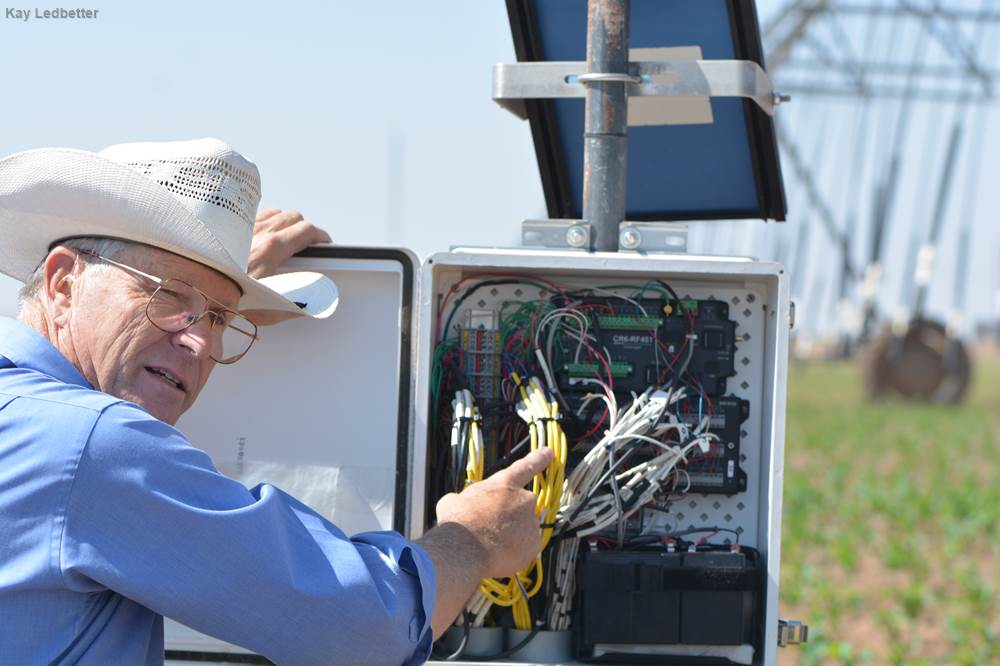
Of Marek’s many achievements, he said his most significant may be his part in converting high-pressure impact sprinkler systems to lower pressure, saving irrigated producers millions in energy costs.
“Back in the day, the overall thought was that the Ogallala Aquifer was unconfined and would never run out, and nothing was further from the truth,” Marek said. “It is a confined aquifer, and we have been depleting it for effectively 50 years.”
Marek said the initial center pivot irrigation systems would pump about 1,200 gallons per minute on a quarter-mile system and used impact spray nozzles on top of the system operating at 100 pounds per square inch (psi) or more. “The energy cost of that was substantial, but today we use much less,” he said.
“We needed to find a system that was lower energy. The manufacturing of the hardware had to change along with cultural practices,” he said. “We changed those high impact nozzles that required 100 psi and put them closer to the ground on hoses to operate at 10 psi, not spraying water as far into the air.”
He said in the late 1970s, the breakdown of irrigation was about 15 percent center pivot irrigation and 85 percent irrigation or surface flow. “Today, those percentages are reversed.
“Back in the day, the overall thought was that the Ogallala Aquifer was unconfined and would never run out, and nothing was further from the truth. It is a confined aquifer, and we have been depleting it for effectively 50 years.”
“I have been in irrigation a very long time and watched it develop, particularly for the Texas North Plains region. The changes that we’ve seen with center pivot systems represents a massive step forward in efficiency and technology.”
Making a Texas-sized difference
Marek considers co-developing the Texas High Plains Evapotranspiration Network (ET) to be another one of his significant achievements. “For 20 years, we developed an ET network with multiple stations across the Texas High Plains,” Marek said. “That put data in the hands of producers and every morning they knew how much water their crops were using.”
Dr. Dana Porter, AgriLife Extension agricultural engineer in Lubbock, was extensively involved in the design, operation and management of that network, he said.
“What we try to do is optimize how much you can stress a crop through daily irrigation management from both a production and profit standpoint. We take a lot of high tech and make it simpler for the producer and the crop consultant to use,” Marek said.
Implementing conservation management strategies can be as simple as crop conversion or implementing advanced technology to use less water, keeping producers profitable, he said.
“This is what I’ve been involved in for over 45 years, and from a research standpoint, this is where we have been; so where are we going?”
Keep moving forward
Marek said two things motivate his work — making a real difference and leaving things better than he found them. “This includes improving the tools and technologies that are used to assess performance with our systems,” he said. “Today, we are integrating advanced machine-learning algorithms into our control systems and that’s pretty high-tech stuff for agriculture.”
Unmanned aerial vehicles (UAVs) have a promising potential in moving irrigation management forward. Marek said UAVs are used in the fields to assess crop performance and show things that cannot be seen with the human eye.
“We’ve saved a lot of energy and water and made a lot of money for producers in the state of Texas and elsewhere. We have done that through both the development and implementation of advanced technologies and put that information in the hands of the producers. That’s pretty significant.”
At the Amarillo center, Marek continues to serve as research project leader and principal investigator on irrigation water management, crop water-use efficiency and evapotranspiration projects.
“We’ve saved a lot of energy and water and made a lot of money for producers in the state of Texas and elsewhere. That’s pretty significant.”
“I have had the luxury, the pleasure and the privilege to not only watch all of this but to be a direct participant and that’s been satisfying,” Marek said.
Explore this Issue
Authors
As a communications specialist for TWRI, Sarah Richardson works with the institute's communications team leading graphic design projects including TWRI News, flyers, brochures, reports, documents and other educational materials.

